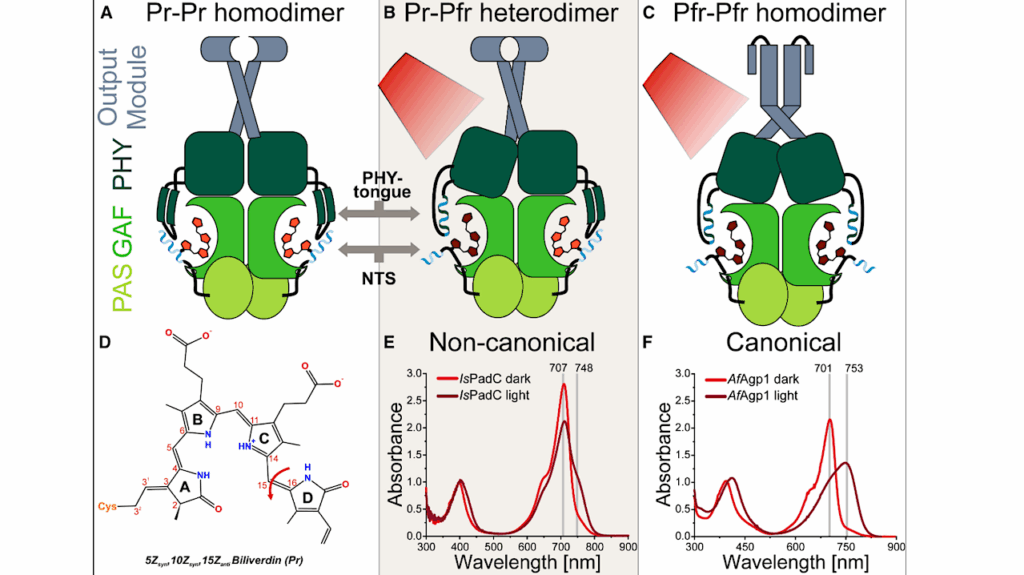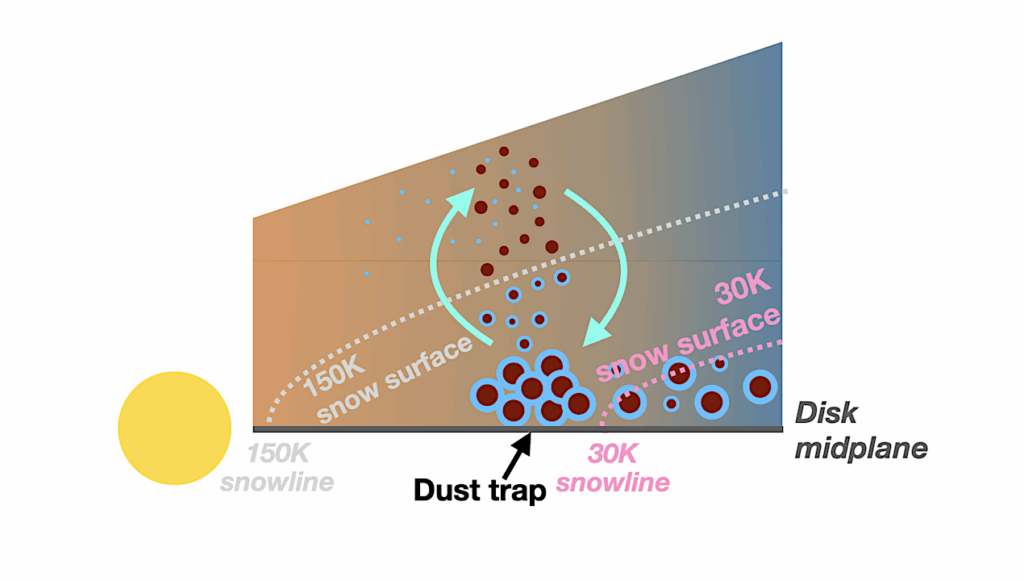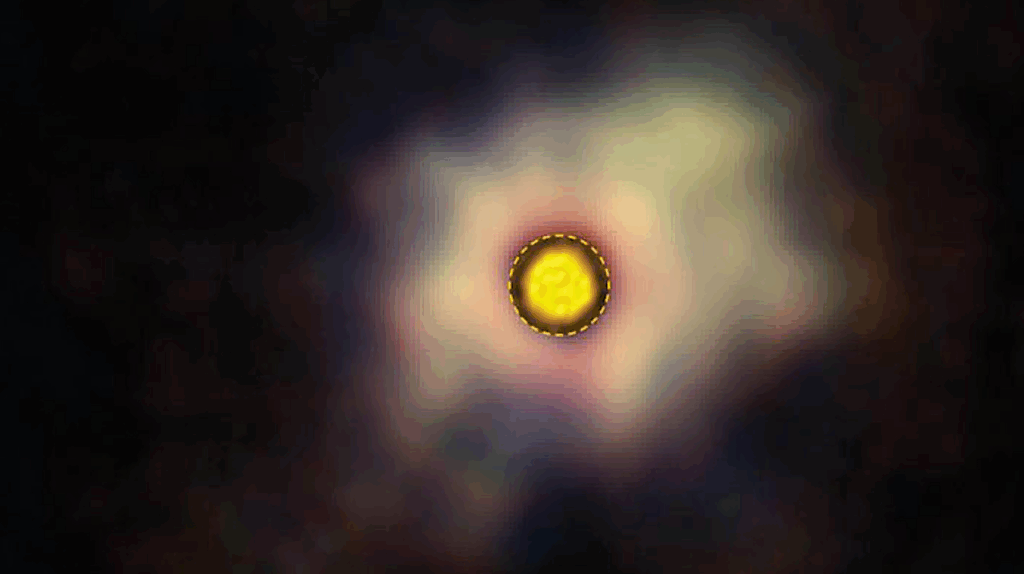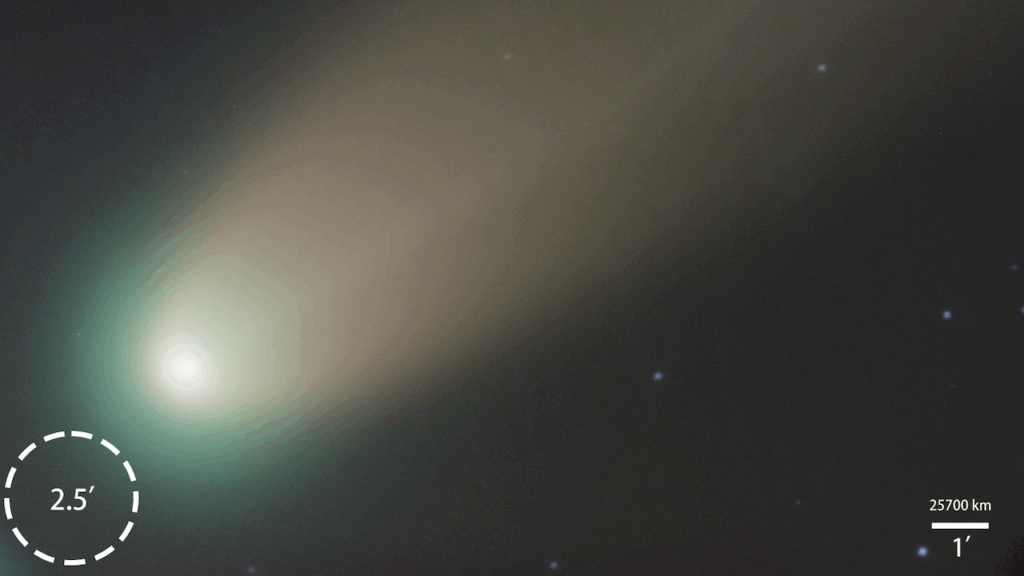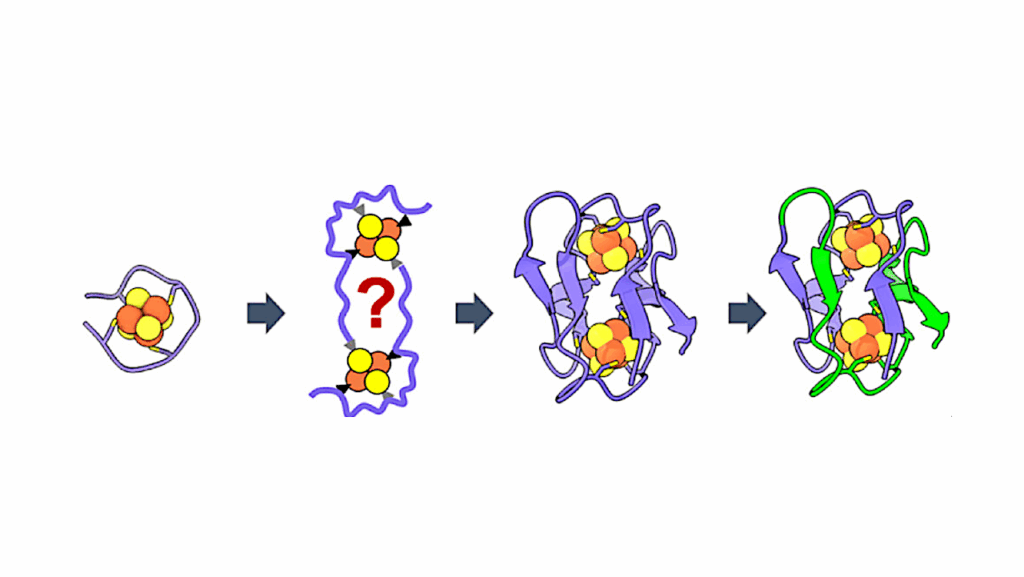Exploring Molecular Assembly As A Biosignature Using Mass Spectrometry And Machine Learning

Molecular assembly offers a promising path to detect life beyond Earth, while minimizing assumptions based on terrestrial life.
As mass spectrometers will be central to upcoming Solar System missions, predicting molecular assembly from their data without needing to elucidate unknown structures will be essential for unbiased life detection. An ideal agnostic biosignature must be interpretable and experimentally measurable.
Here, we show that molecular assembly, a recently developed approach to measure objects that have been produced by evolution, satisfies both criteria. First, it is interpretable for life detection, as it reflects the assembly of molecules with their bonds as building blocks, in contrast to approaches that discount construction history.
Second, it can be determined without structural elucidation, as it can be physically measured by mass spectrometry, a property that distinguishes it from other approaches that use structure-based information measures for molecular complexity. Whilst molecular assembly is directly measurable using mass spectrometry data, there are limits imposed by mission constraints. To address this, we developed a machine learning model that predicts molecular assembly with high accuracy, reducing error by three-fold compared to baseline models.
Simulated data shows that even small instrumental inconsistencies can double model error, emphasizing the need for standardization. These results suggest that standardized mass spectrometry databases could enable accurate molecular assembly prediction, without structural elucidation, providing a proof-of-concept for future astrobiology missions.

Schematic overview of deploying MA as an agnostic biosignature. Upcoming life detection missions in the Solar System can collect samples in situ and predict MA scores directly from MS data without the need for structural elucidation, which may be difficult for unknown molecules in extraterrestrial environments. Space missions that use MSn can estimate MA scores with the RecursiveMA algorithm. In the current paper, we show that space missions that use MS1 (and optionally MSn ) can infer MA scores with ML. — cs.LG
Lindsay A. Rutter, Abhishek Sharma, Ian Seet, David Obeh Alobo, An Goto, Leroy Cronin
Comments: 35 pages,7 figures, 62 references
Subjects: Machine Learning (cs.LG)
Cite as: arXiv:2507.19057 [cs.LG] (or arXiv:2507.19057v1 [cs.LG] for this version)
https://doi.org/10.48550/arXiv.2507.19057
Focus to learn more
Submission history
From: Leroy Cronin Prof
[v1] Fri, 25 Jul 2025 08:19:15 UTC (1,513 KB)
https://arxiv.org/abs/2507.19057
Astrobiology, nanotechnology,


